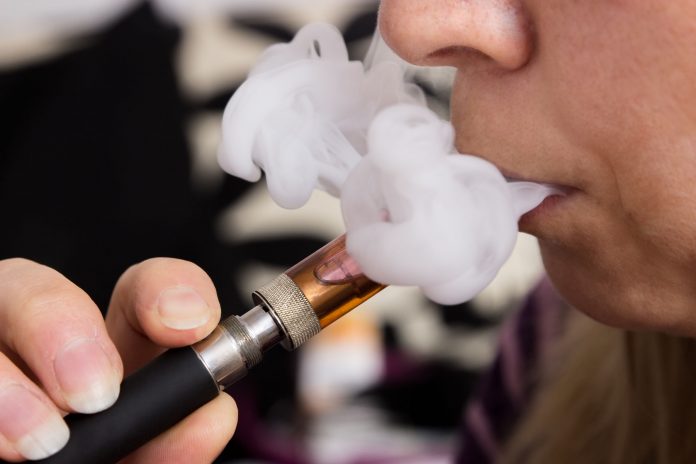Since last September, the Food and Drug Administration has engaged in a “historic crackdown” of the vaping industry to curb an alleged “epidemic” of underage vaping. A short list of its heavy-handed crackdowns included demanding that five e-cigarette companies provide it with comprehensive plans on how they will prevent teen vaping and raiding e-cigarette company headquarters and confiscating their documents. The agency also fined over 1,300 retailers for allegedly selling to minors.
But the FDA planned to intervene further. Then FDA Commissioner Scott Gottlieb also proposed banning flavored e-juices, banning convenience stores from selling e-cigarettes, and imposing age-verification mechanisms for online sales. Although never enacted, vaping industry leaders were preparing for these and other changes to take effect. However, Gottlieb resigned from his position this April. With his departure, the agency’s involvement in regulating the vaping industry has stalled.
But where Gottlieb and the FDA have stopped, the city of San Francisco has continued and doubled-down.
San Francisco recently became the first U.S. city to outright ban e-cigarette sales. The ban also includes flavored tobacco products and online purchases shipped to a San Francisco address. The ordinance does allow certain restrictions to be lifted once a vaping product has undergone a premarket review by the FDA. However, no vaping product has undergone a premarket review to date.
Preventing minors from vaping and becoming addicted to nicotine is the ban’s primary motive. As Mayor of San Francisco London Breed expressed, “We need to take action to protect the health of San Francisco’s youth and prevent the next generation of San Franciscans from becoming addicted to these products.” City Attorney Dennis Herrera, who authored the ordinance, similarly believes, “This is a decisive step to help prevent another generation of San Francisco children from becoming addicted to nicotine.”
Will it work? Unfortunately, governmental efforts to reduce or eliminate vices are often spectacular failures.
The Drug Awareness and Resistance Education Program (often shortened to DARE) was designed to educate children about the dangers of illicit drug use in hopes they would reframe from using them later in life. Despite receiving considerable funding from government sources and having a presence in 75 percent of the nation’s school districts, research finds the program resulted in more drug experimentation. Similarly unsuccessful, anti-obesity campaigns launched by government agencies have resulted in comparatively higher obesity rates.
The same shortcomings occurred previously in the e-cigarette market. Before the FDA began regulating the e-cigarette market, such matters were left to the states. By 2014, forty states had banned e-cigarette sales to minors. The FDA first passed regulation banning e-cigarette sales to minors in 2016. However, teen vaping rates have increased since the agency became involved.
But it could be worse.
Government efforts to regulate away vices can also motivate more dangerous or unhealthy behaviors. Regulations limiting physicians ability to prescribe opioids frequently motivate patients to seek out illicit alternatives (such as heroin) to cope with their addiction. Taxing soda entices more consumption of acholic beverages or switching to sugary fruit drinks. Research published in the Journal of Health Economics finds taxing fast-food meals encourages over-consumption of fatty foods at home, amounting to less healthy eating.
San Francisco may be the first U.S. city to ban e-cigarette sales, but it will certainly not be the first city to cause considerable harm from enacting overzealous vice policies. Let’s hope San Francisco learns from the past before it serves as another example of a well-intended but disastrously harmful policy.
